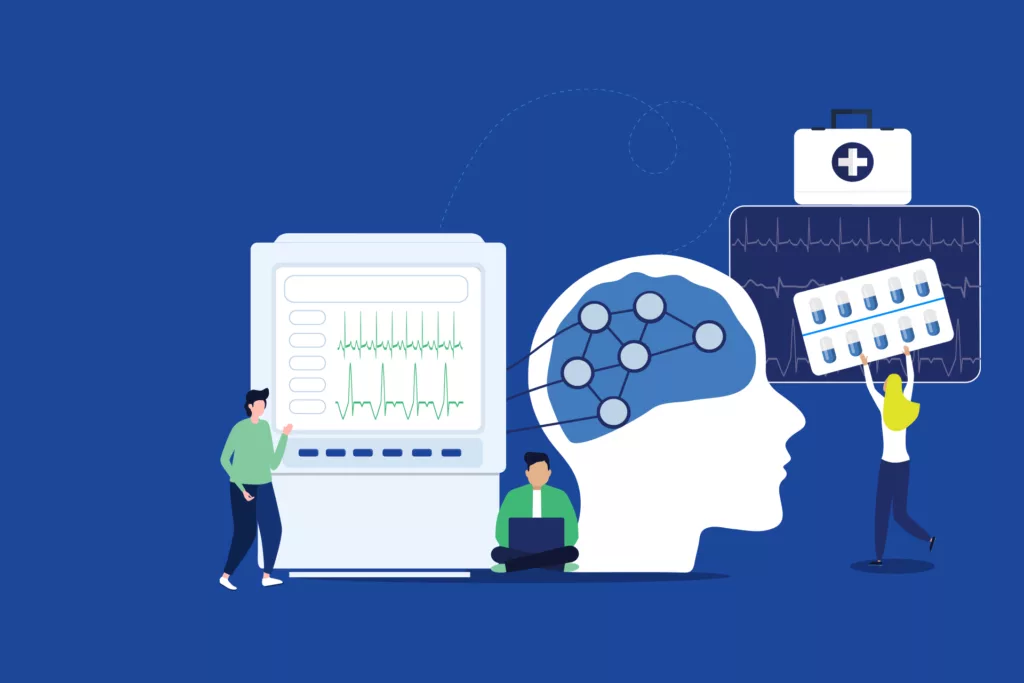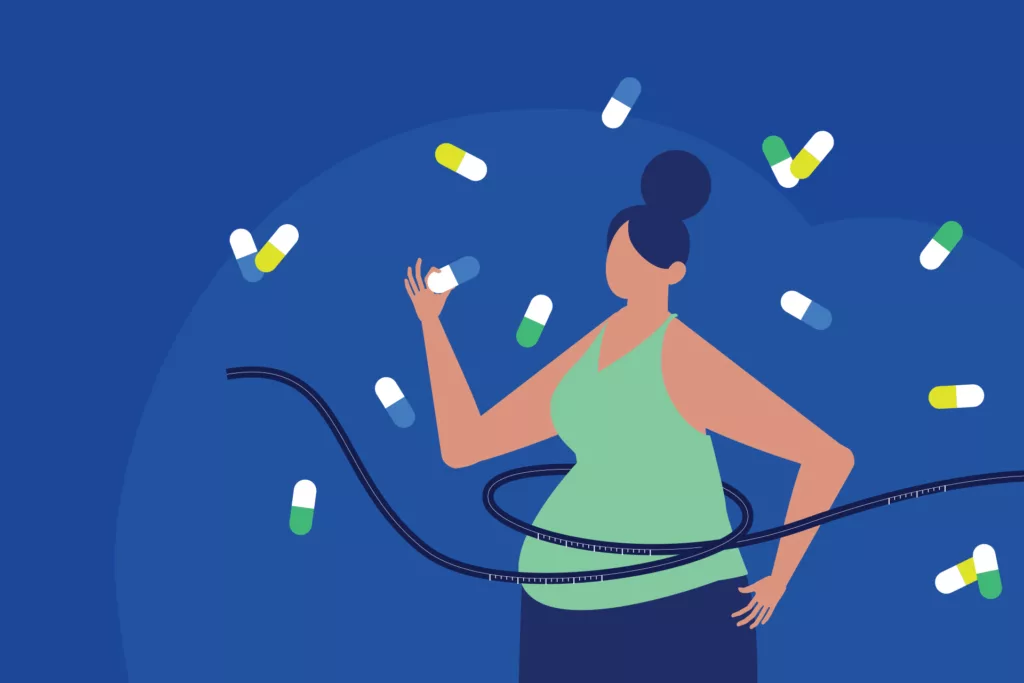COVID-19 has infected over 10 million people in the United States and has claimed the lives of over 237,000 people and the country’s 7-day average of new daily cases has been over 100,000. The coronavirus pandemic is continuing to wreak havoc on the health and economy in the US and in the world. Everyone is anxiously awaiting a vaccine and better treatment options to help slow the spread of this terrible virus. The good news is that coronavirus vaccines in development are being developed and studied at an unprecedented pace. This is due in part to advancements made in developing vaccines for previous outbreaks such as Ebola and SARS as well as governments taking the financial risk of developing vaccines that may not work. There are currently over 46 COVID-19 vaccine candidates in human clinical trials, with over 10 vaccine candidates in late-stage Phase III trials. We will provide updates on the leading candidates in the US.
Clinical Insights
Recent headlines around Pfizer/BioNTech and Moderna’s COVID-19 vaccine has given us hope we will be getting a breakthrough vaccine soon. Early studies results show Pfizer’s BNT162b2 vaccine is more than 90% effective at preventing COVID-19 compared to placebo with no safety issues reported to date. Previous FDA guidance only requires the COVID-19 vaccine must work in at least 50% of people who receive it. If these results hold, this vaccine would more than meet the FDA threshold of 50% effectiveness making it more effective than the flu vaccine which reduces the risk of getting the flu by 40% – 60%. The Pfizer vaccine uses the mRNA vaccine platform. Pfizer has said that it may apply for an EUA late November. If approved, Pfizer has indicated that 50 million doses can be available this year and production can jump to 1.3 billion doses by the end of 2021.
More recently, Moderna released early results from its clinical trial with over 30,000 participants showing its COVID-19 vaccine (mRNA-1273) being 94.5% effective. As with the Pfizer vaccine, the data has not been published or peer reviewed. The effectiveness of the vaccine may change as the study progresses, but early data from both studies are quite impressive. It is expected Moderna will apply for an EUA within a couple of weeks once the trial is completed.
Moderna and Pfizer/ BioNTech, uses a novel mRNA (messenger RNA) platform for their respective vaccine candidates. Messenger RNA relays genetic instructions from DNA to the protein-making process of human cells. This type of vaccine is supposed to teach the body to produce a protein found on the coronavirus’ surface which then causes the body’s immune system to produce protective antibodies and virus-fighting immune cells. No vaccine has ever been approved using the mRNA platform. The technology has an advantage over traditional vaccine approaches that use inactivated viruses or manufactured proteins, being quick to design and manufacture. Stability is an issue with this new platform, so these vaccines will need to be stored and transported in extremely low temperatures that traditional refrigeration will not be sufficient.
The Johnson & Johnson and AztraZeneca vaccine candidates are based on a nonreplicating viral vector platform. Several vaccines today use this platform. Non-replicating vaccines have been engineered to become harmless or non-replicating inside the host but allows the host to generate an immune response to the virus. Viral vectored vaccines can be designed quickly and traditionally can be stored using standard refrigeration temperatures.
Supply Chain Insights
As we are on the brink of getting the first authorized COVID-19 vaccine, supply chain and logistics management will continue to be a concern. They are not all decided by the manufacturer. This effort will need collaboration among a network of companies, federal and state agencies, and healthcare systems/providers. According to senior administration officials, the US government plans to transport the COVID-19` vaccine to US distribution sites within 24 hours after the FDA grants an emergency use authorization (EUA). The government has contracted with McKesson as its main distributor for the vaccine. The CDC has outlined a plan to make the vaccine free for all Americans.
Supply chain and logistics planning may differ by vaccine due to the unique dosing and storage requirements of each vaccine. Due to the extreme cold storage and transport requirements of their vaccine, Pfizer has decided not to distribute its vaccine through McKesson. However, it will still work closely with the government on distribution plans. Pfizer must still work with federal and state agencies to tell it where and how many doses to send and who will get the initial doses. Workers need to be trained to store and administer the vaccine, including a plan to ensure they have enough doses for a second dose. The vaccines which will be distributed in the US will come from Kalamazoo, Michigan. The vaccines will be packed in special reusable cooler-type boxes that will be packed with dry ice and can store between 1,000 to 5,000 doses. These boxes will be equipped with GPS-enabled sensors which will allow Pfizer to monitor temperature and locations as they are shipped to their locations nationwide. Once delivered, the facility will have several options to store the vaccine which includes leaving the vials in the cooler for up to 15 days while replenishing the dry ice.
Government funding for COVID-19 vaccine development have allowed some companies to manufacture millions of doses at risk before it’s even approved. The US and other governments have already contracted with vaccine manufacturers to purchase large supplies in anticipation of the demand this worldwide pandemic will entail. Supply will still be limited in the beginning even though many may not take the vaccine because of safety and efficacy concerns. So even if a vaccine is approved, how many will actually take it? According to a recent survey by STAT and The Harris Poll, 6 in 10 Americans said they are somewhat or very likely to get a COVID-19 vaccine if it would lower their risk of getting infected by half. The push to get a vaccine approved has caused the public to worry if safety and efficacy was compromised even though the manufacturers have assured us, they have not.
There are many practical challenges that are being worked out to get the COVID-19 vaccine out to everyone in an orderly and ethical way. The good news is that we may finally have effective vaccines to battle this this pandemic very soon.
Vaccine Pipeline
Vaccine/Developer: BNT162b2 – Pfizer/BioNTech
- Dose: 2 doses given IM, administered 21 days apart
- Stage: Phase III clinical trials
- Storage: Requires storage at -70 degrees Celsius. Once thawed, can be kept refrigerated for 2 days
- Update: The Pfizer vaccine uses the mRNA vaccine platform. Delivery and storage will be a logistical challenge as this vaccine must be stored and transported at extreme cold temperatures of -70 0C. However, Pfizer is confident it can work through these issues.
Vaccine/Developer: mRNA-1273 – Moderna/National Institute of Allergy and Infectious Diseases (NIAID)
- Dose: 2 doses given IM, administered 28 days apart
- Stage: Phase III clinical trials
- Storage: Requires extremely cold storage at –20 °C. Once thawed, can be kept refrigerated between 2 °C and 8 °C for 1 week
- Update: Moderna was the first manufacturer to enter human trials with their vaccine candidate. However, enrollment slowed in order to include more participants from the Black and Latino community in the study. Early results were just released showing it’s 94.5% effective at preventing COVID-19. Moderna uses the mRNA vaccine platform. Like Pfizer’s vaccine candidate, delivery and storage will also be a factor as Moderna’s vaccine must be stored and transported at extremely cold temperatures of -20 0C.
Vaccine/Developer: AstraZeneca/ University of Oxford (UK) – AZD1222
- Dose: 2 doses given IM, administered 28 days apart
- Stage: Phase III clinical trials
- Storage: Standard refrigeration
- Update: Phase III trials were paused on 9/6/20 when a participant experienced neurological symptoms that were consistent with transverse myelitis, a serious inflammatory disorder. It soon restarted in several countries when independent monitoring committees and international regulators indicated it was safe to resume the trials. However, it took about 5 weeks to restart in the US. AztraZeneca is currently analyzing vaccine trial data and said that its COVID-19 vaccine may arrive in January 2021 if all goes well. A key advantage to this vaccine is that it appears to only require standard refrigeration for storage and transport.
Vaccine/Developer: JNJ-78436735 – Johnson & Johnson/Beth Israel Deaconess Medical Center
- Dose: 1 dose given IM
- Stage: Phase III clinical trials
- Storage: Estimated to be stable for 2 – 3 with standard refrigeration temperatures between 2-8 0C
- Update: JNJ-78436735 was paused on Oct. 11 due to an “unexplained illness” in one of its participants. It is now cleared to restart after an independent Data and Safety Monitoring Board found no clear cause behind this serious medical event. Key differentiators in the J&J vaccine are that it’s being studied as a single dose vaccine and that storage may only require standard refrigeration.







